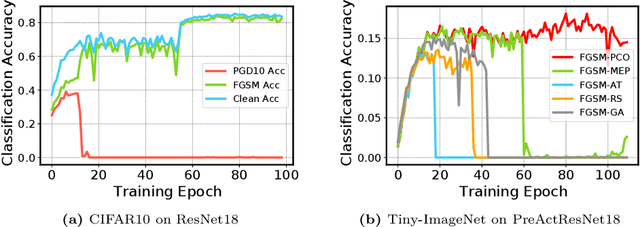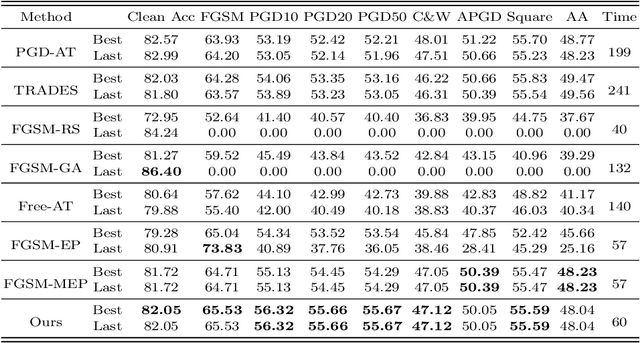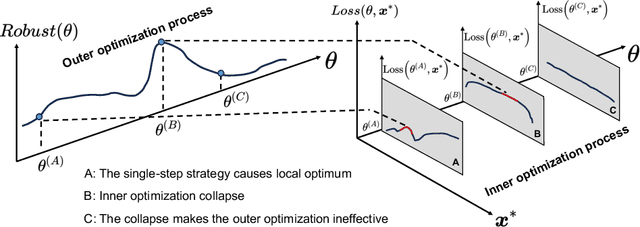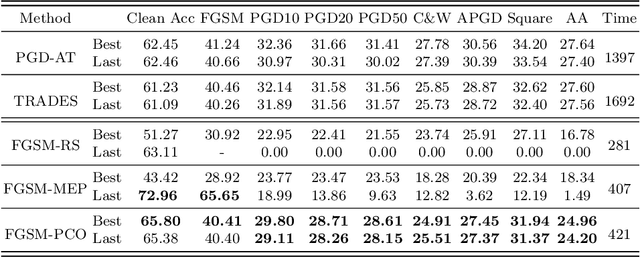Zhaoxin Wang
FaRMamba: Frequency-based learning and Reconstruction aided Mamba for Medical Segmentation
Jul 26, 2025Abstract:Accurate medical image segmentation remains challenging due to blurred lesion boundaries (LBA), loss of high-frequency details (LHD), and difficulty in modeling long-range anatomical structures (DC-LRSS). Vision Mamba employs one-dimensional causal state-space recurrence to efficiently model global dependencies, thereby substantially mitigating DC-LRSS. However, its patch tokenization and 1D serialization disrupt local pixel adjacency and impose a low-pass filtering effect, resulting in Local High-frequency Information Capture Deficiency (LHICD) and two-dimensional Spatial Structure Degradation (2D-SSD), which in turn exacerbate LBA and LHD. In this work, we propose FaRMamba, a novel extension that explicitly addresses LHICD and 2D-SSD through two complementary modules. A Multi-Scale Frequency Transform Module (MSFM) restores attenuated high-frequency cues by isolating and reconstructing multi-band spectra via wavelet, cosine, and Fourier transforms. A Self-Supervised Reconstruction Auxiliary Encoder (SSRAE) enforces pixel-level reconstruction on the shared Mamba encoder to recover full 2D spatial correlations, enhancing both fine textures and global context. Extensive evaluations on CAMUS echocardiography, MRI-based Mouse-cochlea, and Kvasir-Seg endoscopy demonstrate that FaRMamba consistently outperforms competitive CNN-Transformer hybrids and existing Mamba variants, delivering superior boundary accuracy, detail preservation, and global coherence without prohibitive computational overhead. This work provides a flexible frequency-aware framework for future segmentation models that directly mitigates core challenges in medical imaging.
Implicit Jailbreak Attacks via Cross-Modal Information Concealment on Vision-Language Models
May 22, 2025Abstract:Multimodal large language models (MLLMs) enable powerful cross-modal reasoning capabilities. However, the expanded input space introduces new attack surfaces. Previous jailbreak attacks often inject malicious instructions from text into less aligned modalities, such as vision. As MLLMs increasingly incorporate cross-modal consistency and alignment mechanisms, such explicit attacks become easier to detect and block. In this work, we propose a novel implicit jailbreak framework termed IJA that stealthily embeds malicious instructions into images via least significant bit steganography and couples them with seemingly benign, image-related textual prompts. To further enhance attack effectiveness across diverse MLLMs, we incorporate adversarial suffixes generated by a surrogate model and introduce a template optimization module that iteratively refines both the prompt and embedding based on model feedback. On commercial models like GPT-4o and Gemini-1.5 Pro, our method achieves attack success rates of over 90% using an average of only 3 queries.
Token-Level Constraint Boundary Search for Jailbreaking Text-to-Image Models
Apr 15, 2025Abstract:Recent advancements in Text-to-Image (T2I) generation have significantly enhanced the realism and creativity of generated images. However, such powerful generative capabilities pose risks related to the production of inappropriate or harmful content. Existing defense mechanisms, including prompt checkers and post-hoc image checkers, are vulnerable to sophisticated adversarial attacks. In this work, we propose TCBS-Attack, a novel query-based black-box jailbreak attack that searches for tokens located near the decision boundaries defined by text and image checkers. By iteratively optimizing tokens near these boundaries, TCBS-Attack generates semantically coherent adversarial prompts capable of bypassing multiple defensive layers in T2I models. Extensive experiments demonstrate that our method consistently outperforms state-of-the-art jailbreak attacks across various T2I models, including securely trained open-source models and commercial online services like DALL-E 3. TCBS-Attack achieves an ASR-4 of 45\% and an ASR-1 of 21\% on jailbreaking full-chain T2I models, significantly surpassing baseline methods.
Preventing Catastrophic Overfitting in Fast Adversarial Training: A Bi-level Optimization Perspective
Jul 17, 2024



Abstract:Adversarial training (AT) has become an effective defense method against adversarial examples (AEs) and it is typically framed as a bi-level optimization problem. Among various AT methods, fast AT (FAT), which employs a single-step attack strategy to guide the training process, can achieve good robustness against adversarial attacks at a low cost. However, FAT methods suffer from the catastrophic overfitting problem, especially on complex tasks or with large-parameter models. In this work, we propose a FAT method termed FGSM-PCO, which mitigates catastrophic overfitting by averting the collapse of the inner optimization problem in the bi-level optimization process. FGSM-PCO generates current-stage AEs from the historical AEs and incorporates them into the training process using an adaptive mechanism. This mechanism determines an appropriate fusion ratio according to the performance of the AEs on the training model. Coupled with a loss function tailored to the training framework, FGSM-PCO can alleviate catastrophic overfitting and help the recovery of an overfitted model to effective training. We evaluate our algorithm across three models and three datasets to validate its effectiveness. Comparative empirical studies against other FAT algorithms demonstrate that our proposed method effectively addresses unresolved overfitting issues in existing algorithms.
CephGPT-4: An Interactive Multimodal Cephalometric Measurement and Diagnostic System with Visual Large Language Model
Jul 01, 2023Abstract:Large-scale multimodal language models (LMMs) have achieved remarkable success in general domains. However, the exploration of diagnostic language models based on multimodal cephalometric medical data remains limited. In this paper, we propose a novel multimodal cephalometric analysis and diagnostic dialogue model. Firstly, a multimodal orthodontic medical dataset is constructed, comprising cephalometric images and doctor-patient dialogue data, with automatic analysis of cephalometric landmarks using U-net and generation of diagnostic reports. Then, the cephalometric dataset and generated diagnostic reports are separately fine-tuned on Minigpt-4 and VisualGLM. Results demonstrate that the CephGPT-4 model exhibits excellent performance and has the potential to revolutionize orthodontic measurement and diagnostic applications. These innovations hold revolutionary application potential in the field of orthodontics.
 Add to Chrome
Add to Chrome Add to Firefox
Add to Firefox Add to Edge
Add to Edge